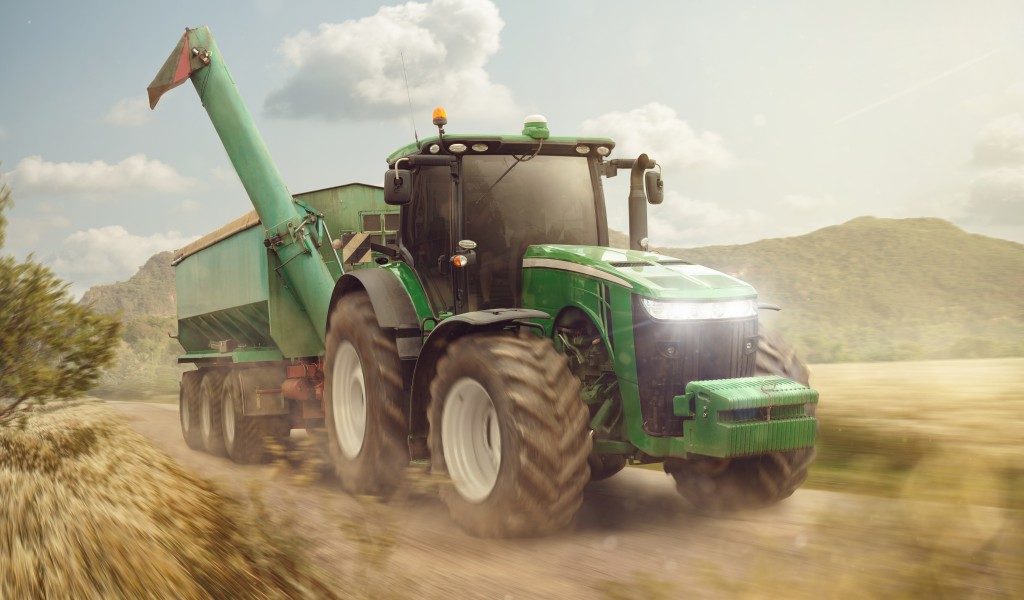When you run a farm, you know that large-scale productivity is made possible by the versatility and efficient performance of heavy-duty agricultural equipment. These machines can be costly, but generate incredible value in terms of their output enabled.
Despite the impression created by their sturdy build, most agricultural machines still require proper maintenance to perform optimally and avoid costly repairs. Recent advances by injection molding companies make it possible to replace broken down or damaged metal components with lightweight, resilient, and water-resistant plastic parts. But before you upgrade or repair, here are some care and maintenance basics to extend the lifespan of the equipment you already have.
Proper storage
Heavy-duty farm workhorses like your tractor will be put through the paces under many conditions. This doesn’t mean that merely leaving your machines out in the elements is a good idea. After all, operators can maneuver machines to minimize wear and tear; left unattended, the paintwork or seats could be exposed to sudden rain, for example, and increase the risk of corrosion or rot. This can needlessly reduce the effective lifespan of your equipment, so make sure everything gets stored in the shed at the end of the day.
Operator care
All personnel in charge of handling agricultural machinery must be properly trained in every aspect of its operation and care. This isn’t just about reading the manual, but knowing how to adapt the machine to every situation in practice. Sometimes, such skills need to be passed down from more experienced personnel, so make sure that new operators are being supervised as they learn the ropes.
Regular cleaning

Each day, dust and dirt can get all over the surface of your farm machinery. While that’s to be expected, care must be taken to prevent dirt from building up inside critical areas such as the engine. Contamination can affect performance through poor transmission efficiency or malfunctioning electronic components. Dirt-covered seals and filters also make it difficult to detect any signs of damage. Conduct scheduled cleaning to avoid the accumulation of grime in these critical areas, and reapply a fresh coat of paint or wax as needed to maintain corrosion resistance.
Lubrication
In addition to cleaning, bearings, and other movable hydraulic parts in your agricultural equipment need to be lubricated regularly. This not only improves efficiency but prevents undue stress, which can lead to damage or a breakdown in your machines. Be careful not to mix up your lubricants; each manufacturer may have its specific recommendation based on composition. Using a different lubricant than what’s in the manual may result in more friction, which will negatively impact performance.
Record and assess
Operators and other workers who spend a lot of time around your equipment each day are in the best position to spot any signs of trouble, such as grating noises or paint chips, but things can go unnoticed when people are tired or busy – and there will be plenty of both on the farm. Whether it’s a machine that gets used daily or one you bring out on occasion and keep in storage most of the time, having a separate schedule for maintenance checks is vital to record its condition and performance, detect signs of wear and tear, and any other minor issues which might have been overlooked during regular use.
Making the most of an expensive investment such as agricultural machinery requires careful operation and constant monitoring, but it’s something that will significantly minimize your overhead in the long run.